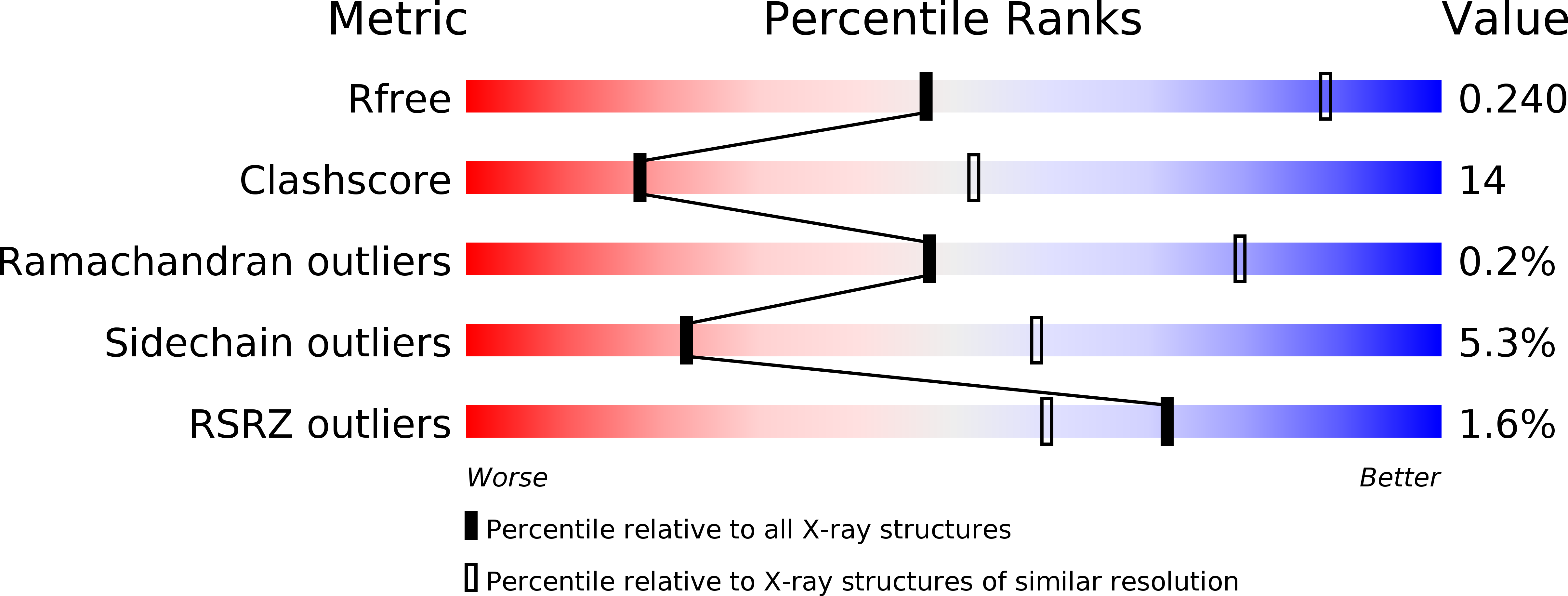
Deposition Date
2013-01-14
Release Date
2013-04-24
Last Version Date
2023-09-20
Entry Detail
PDB ID:
4IRE
Keywords:
Title:
Crystal structure of GLIC with mutations at the loop C region
Biological Source:
Source Organism:
Gloeobacter violaceus (Taxon ID: 251221)
Host Organism:
Method Details:
Experimental Method:
Resolution:
3.19 Å
R-Value Free:
0.24
R-Value Work:
0.20
R-Value Observed:
0.20
Space Group:
C 1 2 1


